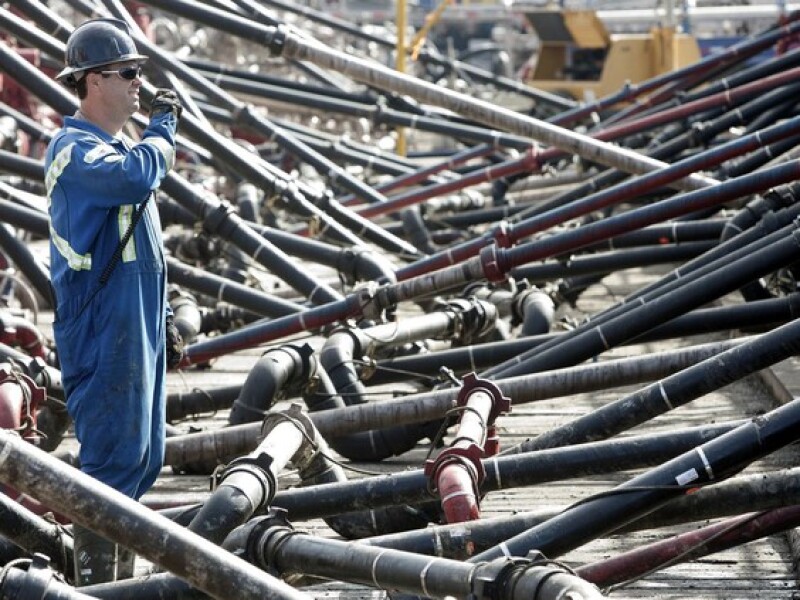A new study has found that homes close to where hydraulic fracturing was used to extract natural gas in British Columbia have higher levels of certain organic pollutants, which may lead to short- and long-term health effects.
Elyse Caron-Beaudoin, lead author and a professor in the Department of Health and Society at the University of Toronto, Scarborough, said researchers took water and air samples from the homes of 85 pregnant women in the Peace River area of B.C. for one week.
Pregnant women were recruited for the study because of the potential negative health effects of living close to natural gas wells using fracturing, including higher rates of preterm births, low birth weight, and heart malformations, she said.
The study, published in the journal Science of the Total Environment , measured several different chemicals in the homes of the pregnant women and compared the results with the general Canadian population to see if there were any differences, she said.
Researchers found that the amount and proximity of natural gas wells to the home were linked to higher levels of certain chemical contaminants, they said a news release.
Caron-Beaudoin said results showed that air samples in homes near the natural gas well sites had higher levels of chemicals used in fracturing, such as acetone and chloroform, and those same contaminants were found in their study subjects.
“We cannot say that hydraulic fracturing activity was causing the levels of acetone and chloroform in those residences, but we can say that they were associated with each other,” she said in an interview.
The study says there is a need to assess health risks associated with hydraulic fracturing given the documented effects of prenatal exposure to volatile organic chemicals used in these operations and the growing evidence suggesting associations with poorer birth outcomes.
Caron-Beaudoin said the study also found higher levels of chemicals in the homes of Indigenous study participants than others.
While researchers are unsure why levels were higher in Indigenous homes, she said it could be associated with ethnicity and socioeconomic status all being linked to heightened health risks from industrial activities.
“There seems to be a disproportionate environmental burden towards Indigenous (people),” she said.
B.C. has about 10,000 active wells, and the study says the area could potentially see an increase in their number to more than 100,000.

